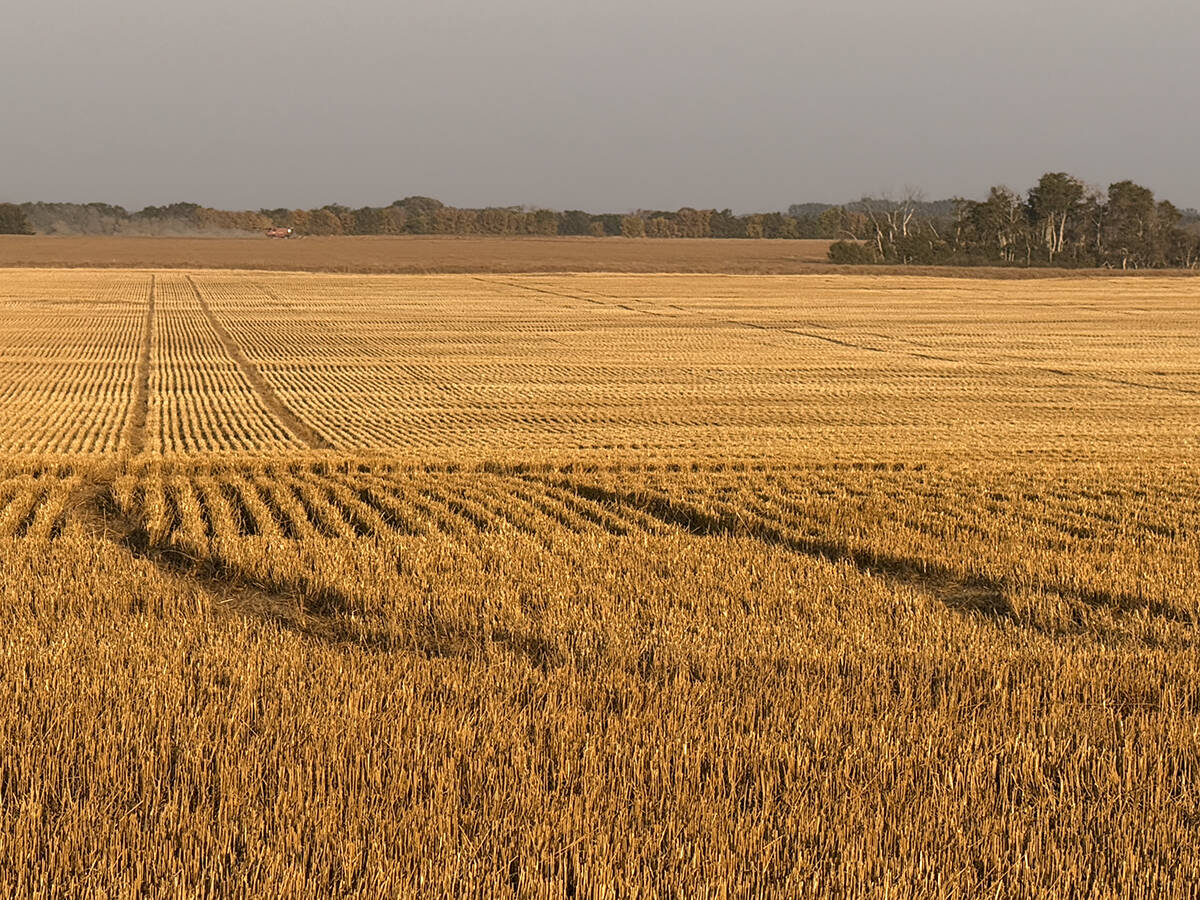It’s a pound to the acre so far this year and when you have 5,000 acres to cover, the season can seem long indeed.
It isn’t a new canola seed, a micronutrient blend of fertilizer or a herbicide. It is gopher poison and Shanna Stolhandske is getting tired of filling 750 bait stations and burying dead gophers every day.
“I’ve put enough miles on the quads that I could have ridden one to Calgary and back by now and driven less, really,” said the Swift Current, Sask., farmer.
Read Also

Final crop reports show strong yields, quality
Crops yielded above average across the Prairies this year, and quality is generally average to above-average.
So far on the Stolhandske farm this season, the cost of poison is $13,000 and climbing.
“We shot 20,000 bullets last year and all we did was slow them down,” she said of the Richardson’s ground squirrels that overpopulate her farm.
When strychnine poisoned bait became available under an emergency registration this spring, the Stolhandske family began to use it.
“Maybe if we had it a few years ago we could have stopped this epidemic in its tracks,” she said.
Last year 58 rural municipalities were allowed to use the poison again, after a 15 year hiatus. Strychnine was banned in Canada due to its killing effect on species that eat gophers and other targeted pest rodents.
“I can see how you don’t want it just spread around. It has to be placed down the burrow so that other animals can’t get into it or at the gophers when they are sick or dead.”
The Stolhandske farm is in a municipality that was only added to the list of approved districts, along with 59 others, this spring.
“We started using it earlier in the season. But now it’s just too much work. You can’t use strychnine on 5,000 acres. The labour would be horrendous, treating each hole,” said Stolhandske.
“We lost 120 acres of canola last year to the gophers. We didn’t plant it this year. But now they’re eating our flax crop. They don’t even like flax,” she said.
“I’ve got 200 bait stations in the 320 acres of flax and you have to go every day to top them up.”
By the beginning of July, the mature females are spending most of their time dining on fresh green pasture plants and crops. The government of Saskatchewan says the Rozol mineral oil that Stolhandske and most other producers use as a rodenticide is an anticoagulant that requires multiple doses to kill. It is only 30 percent effective.
The two percent liquid strychnine licensed under emergency registration by the federal Pest Management Regulatory Agency kills more quickly.
Last week Debbie Simonson of Neidpath, Sask., had the crop insurance adjuster write off 140 acres of crop because of the rodents.
“We’re using the Rozol, too, these days; strychnine earlier,” she said.
“The problem is so bad that my husband was beginning to think that Lillian wheat must always come out of the ground with squared-off leaf tips. He was surprised when he saw some that were pointy at somebody else’s place.
“I used think(gophers) were kind of cute. Then I saw them cannibalizing each other. And what they did to our crops, that was it. They’re a pest and I hope somebody comes up with a plan or some support to help us get rid of them,” she said.
Stolhandske agreed that the cost of control should be subsidized.
“Not every neighbour has the time to deal with them, which means that we will never win this fight,” she said. “Maybe we should let the population explode and then let a nasty disease develop and take care of them. Maybe Nature will do better than farmers on quads.”














